Citizen pilots wanted to test drones
Many of the jobs currently carried out by people could potentially be done in a more sustainable manner by drones, and done more quickly. Tasks like delivering parcels, doing a building inspection or transporting an AED spring to mind. But our airspace isn’t open to just anybody, and among the general public there are some concerns about personal safety and privacy. Nonetheless, tests involving an urban air mobility hub are already underway at the Digital Transformation Innovation Hub on the High Tech Campus. When it comes to how drones will be used in future, the residents of Eindhoven will be closely involved, and in a unique way.
“When a new technology is being developed, the general public must have a voice at the design table,” says Bart Wernaart, professor of Moral Design Strategy at Fontys. In this capacity, he has developed a project with TU/e and ROC Tilburg in which members of the general public experience for themselves what it’s like to have drones at work in their neighborhood. Wearing a VR headset, they have the chance to ‘fiddle with the knobs’ and play with the number, altitude, speed and size of the drones. They can also choose how they receive a parcel. Would they prefer the drone to simply drop it, or would they rather reach into the vehicle and take it? Whenever they adjust the program, their preference is adopted instantly.
Helping to create the VR environment is one area in which Aero Team Eindhoven, a TU/e student team, is involved. They are also working on the development of the drone itself. For anyone who’s missed it: Aero Team Eindhoven is the name of the new merger that brings together the former teams Syfly and BlueJay. Isa Dantuma, master’s student of Human Technology Interaction and team lead of the VR experience team: “Now that we’ve built the VR environment, we’re hard at work on the battery swap mechanism. In four years’ time we want airborne drones to be able to do a battery swap. That’s the goal we’re working towards. It's never been done before.”
Companies are very interested in the endless possibilities of drones. “GLS (parcel delivery service, ed.) is our chief sponsor. Of course, they’re very keen on the idea of drones delivering parcels. It’d be faster and more sustainable.”
Presentation for the minister
Yesterday, the students of Aero Team Eindhoven presented their project to education minister Robbert Dijkgraaf. During his visit to the TU/e campus, he was given a demonstration of Aero's drone. Dantuma: “Bart Wernaart was also there and told the minister about Moral Design. Afterwards I presented him the rest of the project and he tried the VR goggles (see photo, ed.). The minister also used the option to adjust the drone situation and opted for fewer and smaller drones. He thought it was cool and said 'guys, this is the future'."
Dijkgraaf was also in the innovation Space during his visit, where he received an explanation from scientific director Isabelle Reymen and three student teams about this way of learning. Reymen also indicated that she would like to further formalize the collaboration with Fontys and Summa students in these teams. In any case, the minister thought the concept of the student teams was "superb" and asked all sorts of questions, including what the students meant by that they are 'radically employable'. That turned out to be "both book-smart and practice-smart."
Africa
Aero colleague Bram Schut, team manager and master’s student of Data Science and Artificial Intelligence: “We’ve already accumulated some nice use cases. Flights to hospitals to deliver special medicines, and getting an AED to the mobility hub on the High Tech Campus in response to an emergency call.” Dantuma can see plenty of scope for new uses in the medical field. “There are a lot of remote places. Something like this would really add value there.”
But, as Schut knows, the most rapid developments are taking place in Africa. This might come as a surprise to the uninitiated, but there’s a good reason for it. “Europe is densely populated; it has a lot of no-fly zones. This is a problem for testing and continued development. There are far fewer regulations in Africa, and a lot more wide open spaces: you can experiment to your heart’s content there. A company named Zipline has become very successful in Africa. They’re already running thousands of flights a year getting medicines to inaccessible places. It would be great if we could do the same here with our drones.” Dantuma thinks the VR headset offers a good way finding out what the residents of Eindhoven think of developments. “It’s a great alternative to running test flights, which are difficult to carry out here due to the all the regulations.”
Primary concern: privacy
Wernaart: “There’s an innovation hub on the High Tech Campus where students and researchers come together to work on issues arising in the supply-chain ecosystem. Here at the hub, people are only too keen to see drone services in their midst. But that’s not the view of people in the average neighborhood.” This is confirmed by a report issued by the Ministry of Infrastructure and Water Management on the ‘perception of drones’.
Among the Dutch population, 92 percent of people are familiar with the concept of a drone. The ministry also established that only 6 percent (in the six months in question) had flown a drone themselves, while 37 percent said they had never come across drones (neither seen nor read about them). But what most worries the Dutch public, the study reveals, is the impact on their own privacy. ‘There’s a general impression that their privacy will be infringed if drones are flying around outside their homes (71%), and they’re concerned about the pictures taken by a drone. After all, you don’t know who else is going to be looking at these images (76%).
Wernaart: “What you see is that engineering types are very enthusiastic, but the public at large is less keen. There’s also a knowledge gap between the public and those doing research in this field. When it comes to receiving their parcels in a more sustainable way, people are pretty keen, but if you then say that the drone may well fly across gardens in their neighborhood, people start to get anxious. With my research group, I’ve developed the Moral Data City Hub method. We’re using it to chart people’s instinctive moral feelings in a structured way. It’s even earned us the Melanie Peters Award. This is the method: we build moral labs – physical installations or online environments – in which individuals can stroll around and see what their future will look like.”
“They view the future in virtual reality, which enables a fully immersive experience,” adds Isa Dantuma of Aero. “They get to influence the future by fiddling with the knobs themselves. This experience can make these futuristic scenarios suddenly seem very close up and real, especially when the topic is a difficult one. Do you want to see and hear more or fewer drones? Should they fly higher or lower? How do you want them to deliver a parcel? What feels good for you?” Cursor has tested the environment and can confirm this; it felt so real that the editor took a step backwards when the drone started its landing maneuver.
Ethical issues
But flight altitude and the number of drones are far from the only aspects that the public has views on. “If a drone flies overhead and takes photographs – which it needs to do in order to fly – it may well spot a crime being committed,” says Wernaart. “Should those images be shared with the police? And to respect people’s privacy, where do people think drones should be allowed to fly? As a rule, the public is in favor of sustainability, but they also value privacy and autonomy. This is a relevant intersection of interests, especially in a busy city. Using our method, we can establish precisely the limits of what people find acceptable.”
But that’s not the end of it. At that stage you know what people feel comfortable with but not why. And so communication students at Fontys will also be interviewing the citizen pilots while they are using the VR environment – an operator can see what the individual is viewing in their headset. Fontys lecturer and supervisor of the communication students Melchior van Velzen sees the added value of the interviews to find out the motives of participants and to be able to explain why they adjust certain settings of the VR environment. Something that is not yet clear when only analyzing the computer data from the VR environment.
Collaboration between higher and secondary education
This multifaceted project is involving every type of higher education, giving each one the opportunity to contribute its own unique expertise. Erdinc Sacan, lecturer at ROC Tilburg, is head of the expertise center (practoraat) for the college’s secondary vocational education program in this field. It’s his job to bring the drive, expertise and guidance needed to inspire students: “The focus of the expertise center in interactive technology at ROC Tilburg is the development of technologies that integrate and reflect human norms and values. Participating in Wernaart’s Virtual Moral Lab aligns perfectly with this remit. Besides, given that various sectors are making ever greater use of drones, sectors like goods delivery, inspection, surveillance and disaster emergency services, it’s very important for our society that responsible drone technologies are developed. We need to ensure that these technologies are developed and used in an ethical and responsible manner.”
Grant secured
Not only are the region’s educational institutions enthusiastic, the municipality of Eindhoven is pleased with this project; together with Stadslab Eindhoven, it’s investing 15,000 euros in the research. “We believe that the ethical aspects of introducing a new technology are important,” says René Paré, director of Stadslab Eindhoven. “We want to build a clear picture of how drones might influence urban life. Wearing VR headsets, residents will soon be able to experience for themselves in the Stadslab what the future may bring.”
Yet it must be said that Eindhoven is no easy location for drones: owing to Eindhoven airport, a large part of the city is a no-fly zone. Despite this, Wernaart is hopeful about the future: “Since January 1st, 2023 the legal situation regarding the use of drones is clearer. At European level, a framework has been established with a system of fly zones. Within that system, governments can make their own decisions about who can fly and the frequency of flights. As yet, the exact role of the municipality in all this remains unclear, although obviously they will play a role. For these reasons, the municipality of Eindhoven is keen to know where the general public stands on the issue, assuming drone traffic comes to the city in the future.”
No lack of ambition
In the meantime, Aero Team Eindhoven is working hard to build the project’s first drone model. Schut: “We’re aiming to get the first version in the air before the summer vacation. An airborne battery swap has never been done before. We’re hoping to do one for the first time in 2024/2025. And then during a long-distance flight in 2026.” Wernaart: “At Fontys too, the future will bring new projects, so this current project is paving the way for much larger scale research relating to technology, drones and ethics.”
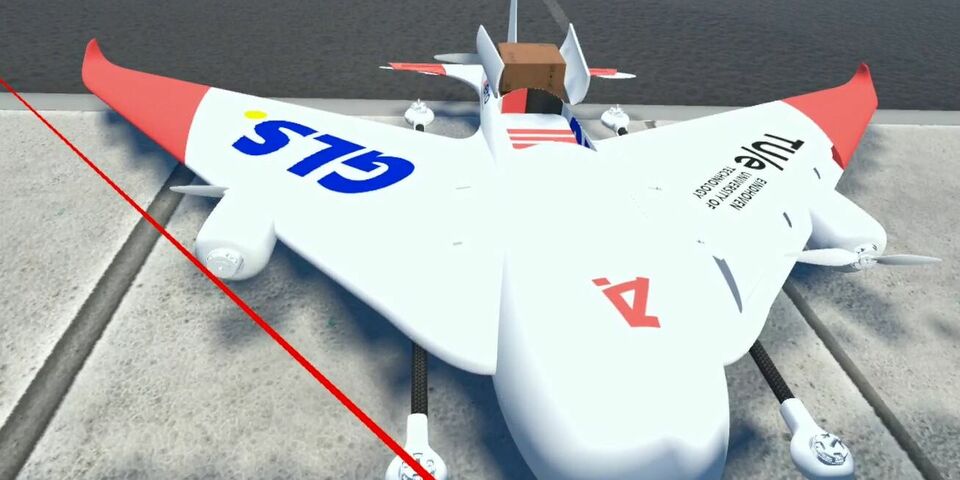

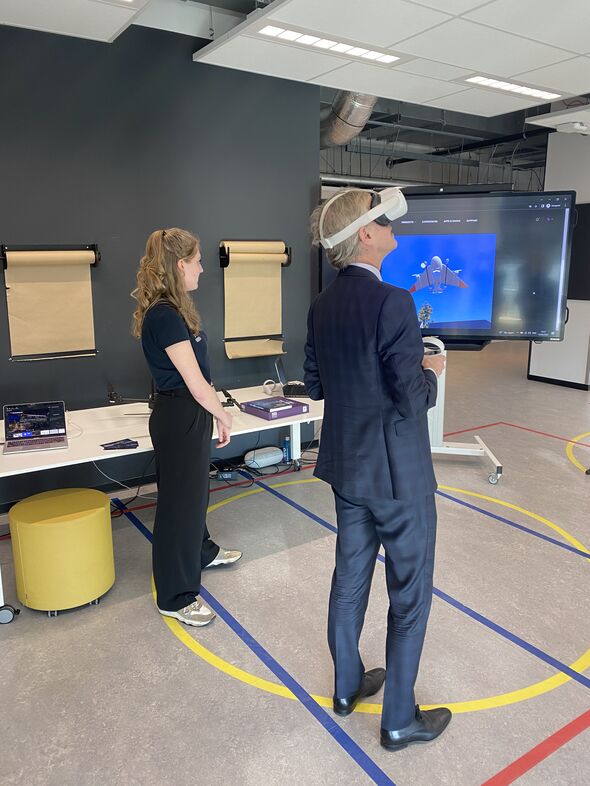
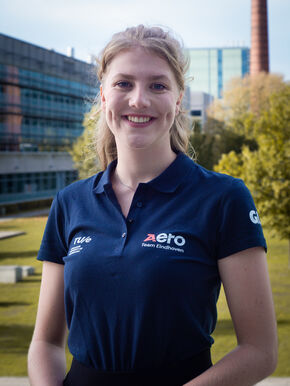
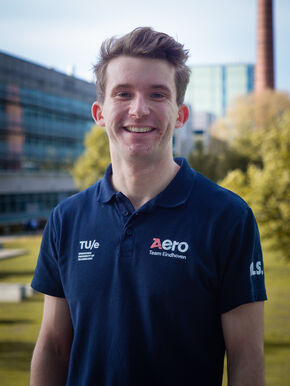
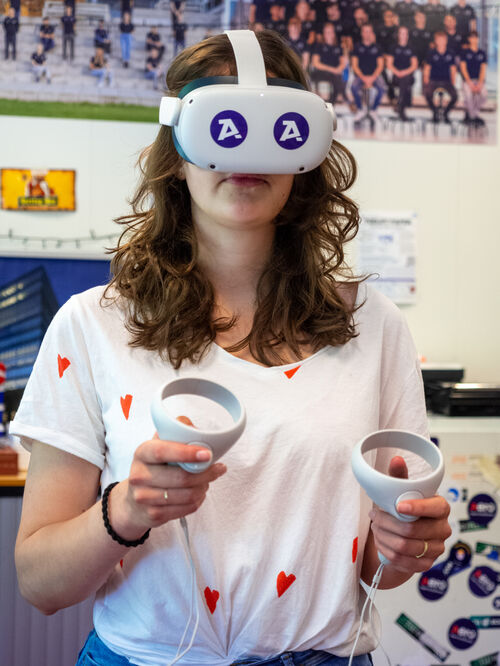
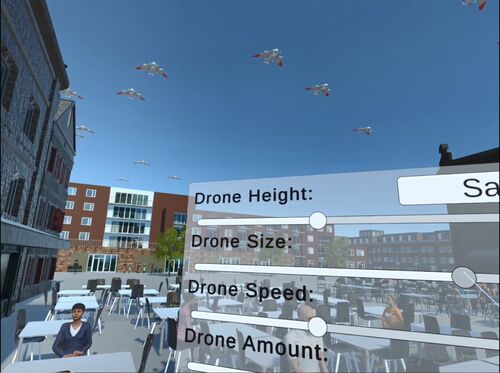
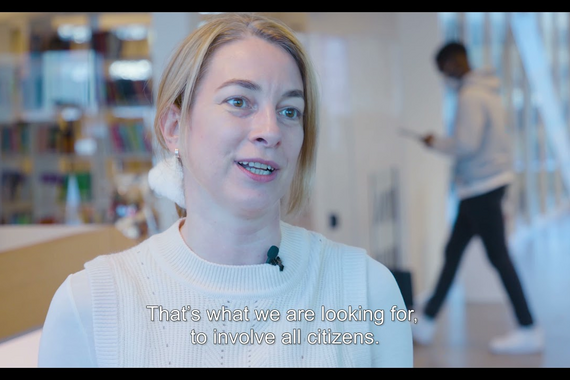
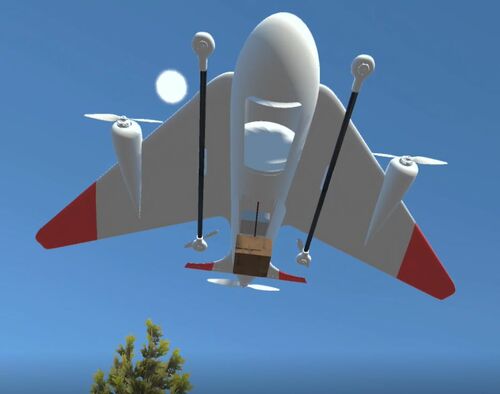
Discussion